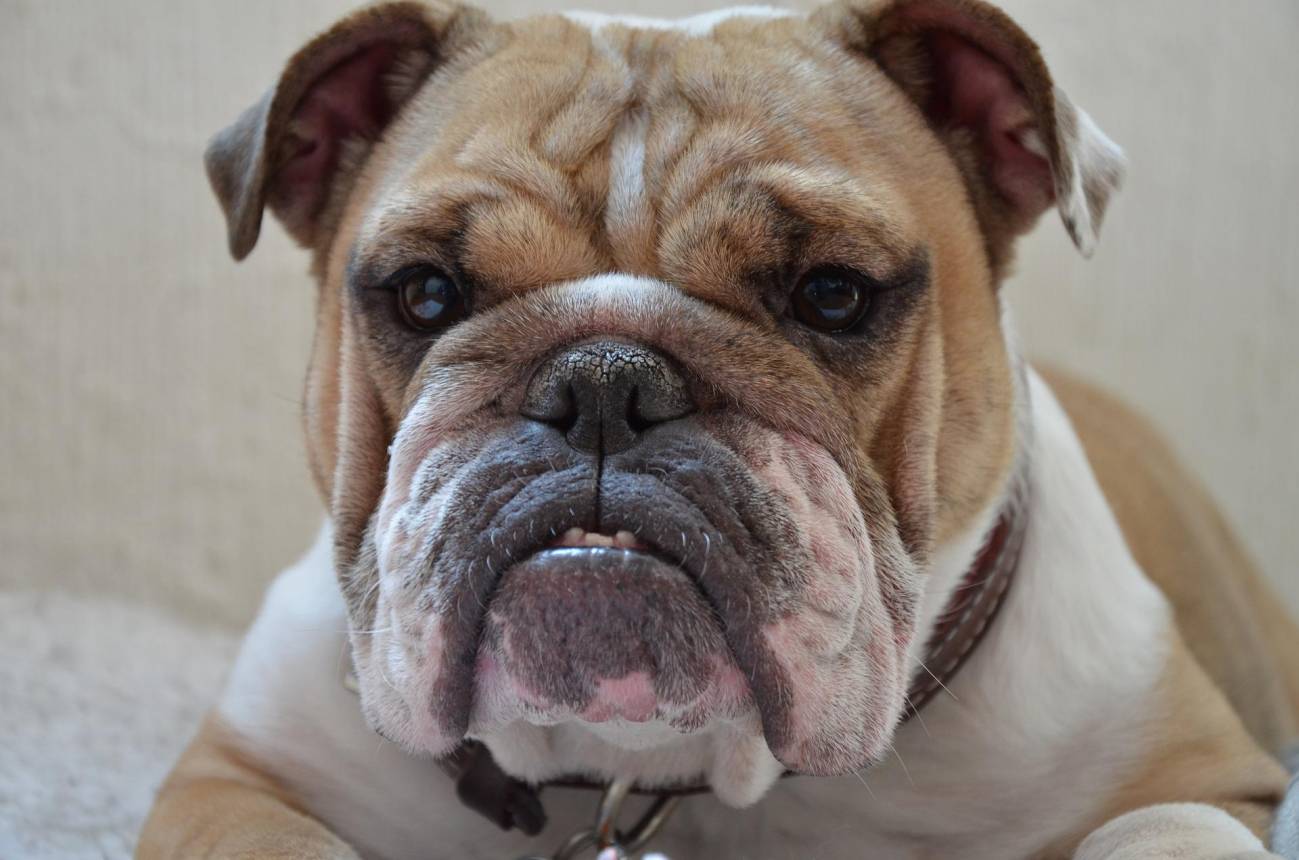Dogs derive from common ancestors with today's wild wolves. The domestication of dogs probably began around 15,000 years ago and was initially aimed at selecting less aggressive animals for companionship, to assist in hunting or herding, or to protect and warn of dangers or intruders. However, the enormous variety of current dog breeds is the product of human intervention, which occurred some 200 years ago, coinciding with the British Victorian period.
It was then that dog breeders began to select characters for reasons of flamboyance, rarity or following admittedly questionable aesthetic canons, which led to the creation of, for example, short-legged dog breeds (with achondroplasia), such as corgis (Queen Elizabeth II's favourite) and with different bony malformations in the head, with flattened noses or with hardly any muzzle, among other anatomical barbarities that only took into account the dubious taste of human beings, completely disregarding animal welfare issues.
Problems well known to breeders
In order to generate any breed of dog, they must crossbreed with each other, taking advantage of animals born spontaneously with some anatomical alteration, in order to amplify and preserve it. This generates an increase in inbreeding, which leads to a toll and problems of survival and an increase in the probability of developing genetically based diseases, well known to all, including dog breeders.
Paralysis of the hind legs in golden retrievers or labradors, and deafness in Dalmatians, are the toll of breed purity.
Today we know that at least 15% of current dog breeds develop some congenital disease, more or less serious, which can compromise the life of the animal. Examples include muscular dystrophy, the hind leg paralysis that often affects golden retrievers and labradors, and the uni- or bilateral deafness that Dalmatian dogs develop.
The University of Sydney (Australia) has a website listing some 300 identified congenital dog diseases caused by mutations in a single gene found in the various man-made breeds. Many of these breeds compromise the animals' quality of life and would never have existed but for human intervention.
English bulldogs at risk
This seems to be the case with English bulldogs, whose skin folds and flattened snouts lead dogs of this breed to develop pathologies favoured by brutal selection of these traits that some people consider aesthetically interesting, but which put the lives of these animals at risk. For all these reasons, the authors of a paper published this week in Canine Medicine and Genetics call for moderation of the breed's defining characteristics.
The authors recommend that limits be placed on the continued selection of these traits, something that would be easily solved by preventing the breeding of these animals.
We should get into the habit of asking whether all those anatomical malformations that we highlight in dog breeds compromise their quality of life and, if so, reduce selection pressure or avoid breeding them.





